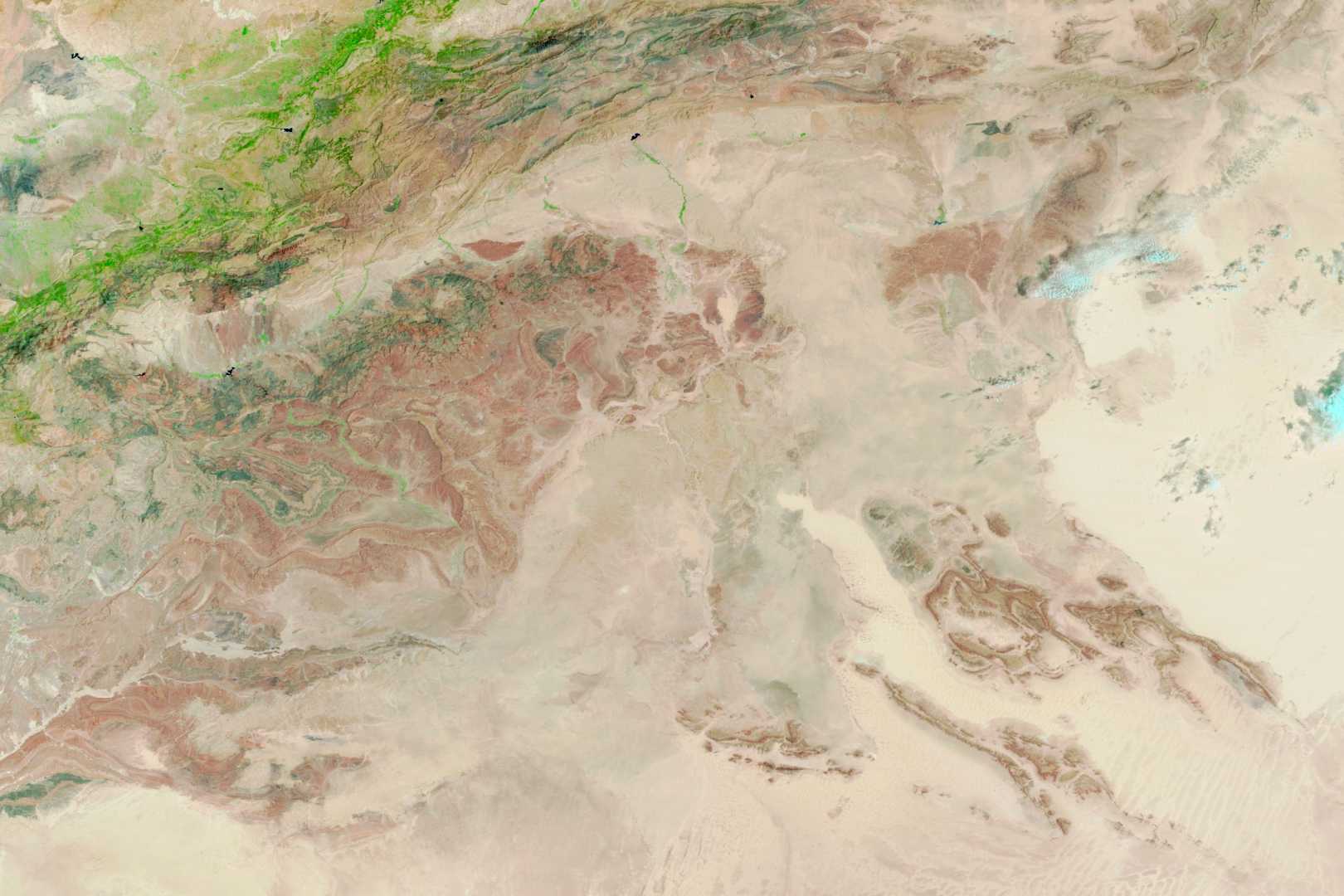News
Sahara Desert Experiences Rare Torrential Rainfall, Impacting Lives and Landscapes

A rare deluge of rainfall has transformed parts of the Saharan Desert into temporary blue lagoons, creating unexpected water bodies amid the palm trees and sand dunes. This weather event has brought substantial relief to some of the most drought-stricken regions with more water than many had seen in decades.
Southeastern Morocco‘s desert, recognized as one of the most arid parts of the world, typically does not receive significant rainfall during late summer months. However, in a surprising turn, the Moroccan government reported that two days of rainfall in September surpassed yearly averages in several regions that usually receive less than 250 millimeters (10 inches) annually. Areas such as Tata were notably affected, with Tagounite, a village located approximately 450 kilometers (280 miles) south of the capital Rabat, recording over 100mm (3.9 inches) in just 24 hours.
The storms resulted in extraordinary scenes of water flowing through the barren Saharan sands, enhancing the landscapes with lush imagery among castles and desert flora. “It’s been 30 to 50 years since we’ve had this much rain in such a short space of time,” stated Houssine Youabeb from Morocco’s General Directorate of Meteorology. Meteorologists have classified these rains as an extratropical storm, which could potentially alter the region’s weather patterns in the forthcoming months and years, causing increased humidity and weather changes.
Morocco has faced six consecutive years of drought, posing significant challenges, where farmers have often been forced to leave fields unseeded, and urban and rural communities had to implement water rationing strategies. The recent rainfall is expected to benefit the region by partially replenishing groundwater aquifers, which are critical sources of water supply for desert communities. Reports indicate that dammed reservoirs in the region refilled at unprecedented rates in September. However, the long-term impact of the rainfall on alleviating the prolonged drought remains uncertain.
Despite the benefits, the intense and sudden water torrents caused significant damage, leaving more than 20 people dead in Morocco and Algeria. It also disrupted agricultural activities, prompting the Moroccan government to allocate emergency relief funds, which include assistance to areas already affected by last year’s earthquake. Notably, NASA‘s satellites captured images of water filling Lake Iriqui, a renowned dry lakebed situated between Zagora and Tata, which had remained dry for 50 years.












